-
 Bitcoin
Bitcoin $108,262.4325
-1.40% -
 Ethereum
Ethereum $2,518.2882
-2.94% -
 Tether USDt
Tether USDt $1.0003
-0.01% -
 XRP
XRP $2.2262
-1.71% -
 BNB
BNB $653.9254
-1.55% -
 Solana
Solana $148.1036
-3.11% -
 USDC
USDC $1.0000
0.01% -
 TRON
TRON $0.2829
-1.45% -
 Dogecoin
Dogecoin $0.1639
-4.82% -
 Cardano
Cardano $0.5742
-4.43% -
 Hyperliquid
Hyperliquid $38.9506
-3.95% -
 Sui
Sui $2.9040
-4.34% -
 Bitcoin Cash
Bitcoin Cash $484.8307
-2.62% -
 Chainlink
Chainlink $13.1971
-3.73% -
 UNUS SED LEO
UNUS SED LEO $9.0822
0.51% -
 Avalanche
Avalanche $17.8613
-4.01% -
 Stellar
Stellar $0.2385
-2.26% -
 Toncoin
Toncoin $2.7570
-3.88% -
 Shiba Inu
Shiba Inu $0.0...01145
-3.99% -
 Litecoin
Litecoin $86.9999
-2.43% -
 Hedera
Hedera $0.1538
-3.90% -
 Monero
Monero $313.7554
-2.03% -
 Polkadot
Polkadot $3.3681
-5.08% -
 Dai
Dai $1.0000
0.00% -
 Ethena USDe
Ethena USDe $1.0001
-0.01% -
 Bitget Token
Bitget Token $4.4401
-2.97% -
 Uniswap
Uniswap $6.9644
-8.41% -
 Pepe
Pepe $0.0...09666
-4.79% -
 Aave
Aave $266.5686
-5.04% -
 Pi
Pi $0.4713
-4.95%
What is the automatic position reduction mechanism of gate.io?
Gate.io's automatic position reduction mechanism helps manage risk by closing positions when margin levels drop, ensuring market stability and trader protection.
Apr 11, 2025 at 11:08 am
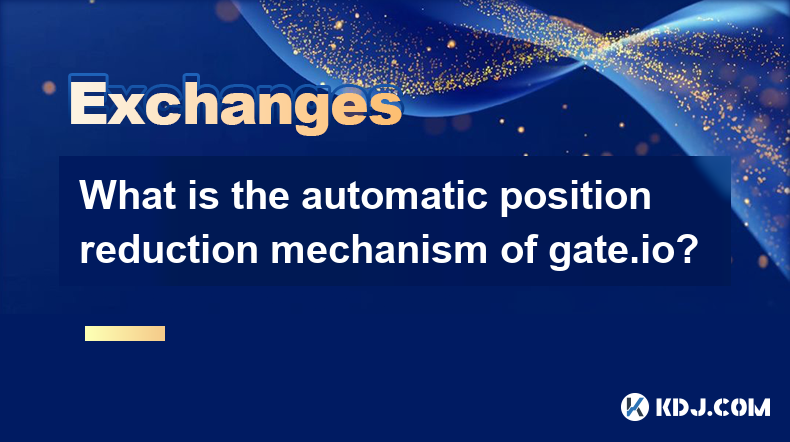
Introduction to Gate.io's Automatic Position Reduction Mechanism
Gate.io, a leading cryptocurrency exchange, has implemented an automatic position reduction mechanism to manage risk and maintain market stability. This mechanism is crucial for traders who engage in leveraged trading, as it helps prevent significant losses and ensures the platform's overall health. Understanding how this mechanism works is essential for anyone looking to trade on Gate.io effectively.
What is Automatic Position Reduction?
Automatic position reduction, also known as auto-deleveraging, is a process where the exchange automatically closes or reduces a trader's position to manage risk. This mechanism is triggered when the market moves against a trader's position, and the trader's margin falls below a certain threshold. The goal is to prevent the trader from incurring further losses and to protect the exchange from potential defaults.
How Does Gate.io's Automatic Position Reduction Work?
Gate.io's automatic position reduction mechanism operates based on several key factors:
- Margin Level: The mechanism is triggered when a trader's margin level falls below the maintenance margin level. The maintenance margin is the minimum amount of equity required to keep a position open.
- Liquidation Price: Each position has a liquidation price, which is the price at which the position will be automatically closed if reached. This price is calculated based on the initial margin, leverage, and current market price.
- Order of Liquidation: When multiple positions are at risk of liquidation, Gate.io follows a specific order to determine which positions to liquidate first. This order is typically based on the time the position was opened, with the oldest positions being liquidated first.
Steps Involved in Automatic Position Reduction
When the automatic position reduction mechanism is triggered, the following steps occur:
- Monitoring: Gate.io continuously monitors all open positions to check if any are at risk of liquidation.
- Notification: If a position's margin level falls below the maintenance margin, the trader receives a notification warning them of the potential liquidation.
- Partial Liquidation: If the margin level continues to drop, Gate.io may initiate a partial liquidation to bring the margin level back above the maintenance margin. This involves closing a portion of the position.
- Full Liquidation: If the margin level still does not recover, the entire position is liquidated to prevent further losses.
Impact on Traders
The automatic position reduction mechanism has several implications for traders:
- Risk Management: It helps traders manage their risk by automatically closing positions that are at risk of significant losses.
- Market Stability: By preventing large losses, the mechanism contributes to the overall stability of the market on Gate.io.
- Trader Responsibility: Traders must be aware of their positions and the potential for automatic liquidation. They should monitor their margin levels and adjust their positions accordingly to avoid unexpected liquidations.
How to Avoid Automatic Position Reduction
Traders can take several steps to minimize the risk of automatic position reduction:
- Monitor Margin Levels: Regularly check your margin levels to ensure they remain above the maintenance margin.
- Use Stop-Loss Orders: Implement stop-loss orders to automatically close positions at a predetermined price, reducing the risk of liquidation.
- Adjust Leverage: Use lower leverage to reduce the risk of your margin level falling below the maintenance margin.
- Diversify Positions: Spread your investments across different assets to reduce the impact of a single position being liquidated.
Frequently Asked Questions
Q: Can I manually close my position before it gets liquidated?
A: Yes, you can manually close your position at any time before it reaches the liquidation price. It's advisable to monitor your positions closely and take action if you see the market moving against you.
Q: What happens to my funds if my position is liquidated?
A: If your position is liquidated, any remaining funds in your account after covering the losses will be available for withdrawal. However, if your losses exceed your account balance, you may end up with a negative balance, which you will need to cover.
Q: Does Gate.io charge any fees for automatic position reduction?
A: Gate.io does not charge additional fees for the automatic position reduction process itself. However, standard trading fees may apply to the transactions involved in the liquidation process.
Q: How can I find out the liquidation price for my position?
A: You can find the liquidation price for your position in the trading interface on Gate.io. It is usually displayed alongside your open positions and can be calculated based on your initial margin, leverage, and current market price.
Disclaimer:info@kdj.com
The information provided is not trading advice. kdj.com does not assume any responsibility for any investments made based on the information provided in this article. Cryptocurrencies are highly volatile and it is highly recommended that you invest with caution after thorough research!
If you believe that the content used on this website infringes your copyright, please contact us immediately (info@kdj.com) and we will delete it promptly.
- Bitcoin's Pattern Break: Are HODLers the Key to the Next Surge?
- 2025-07-04 18:50:12
- Bitcoin Price, Trump's Bill, and the $150K Dream: A NYC Take
- 2025-07-04 19:50:12
- Ethereum, LILPEPE, and the July Bounce: Will Pepe Steal ETH's Thunder?
- 2025-07-04 19:10:12
- Binance Institutional Loans: Unlocking 4x Leverage and Zero Interest for Whales
- 2025-07-04 19:15:12
- Bitcoin Bull Run: Analysts Eye Peak in Late 2025?
- 2025-07-04 19:20:13
- Pepe Indicators, Bullish Forecast: Can the Meme Coin Rally?
- 2025-07-04 19:25:12
Related knowledge
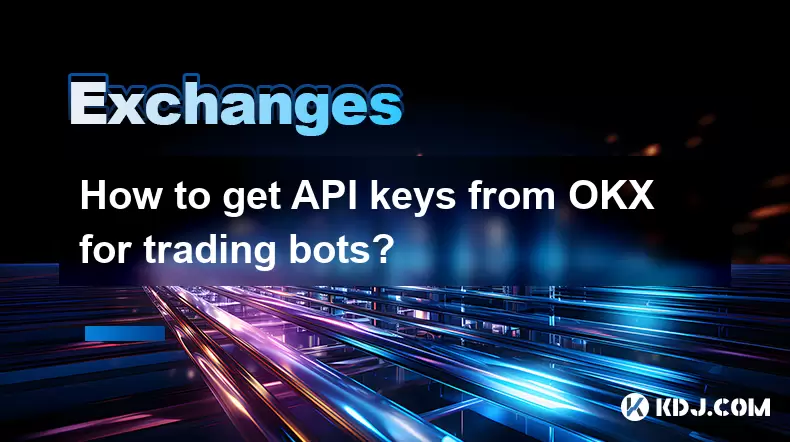
How to get API keys from OKX for trading bots?
Jul 03,2025 at 07:07am
Understanding API Keys on OKXTo interact with the OKX exchange programmatically, especially for building or running trading bots, you need to obtain an API key. An API (Application Programming Interface) key acts as a secure token that allows your bot to communicate with the exchange's servers. On OKX, these keys come with customizable permissions such ...
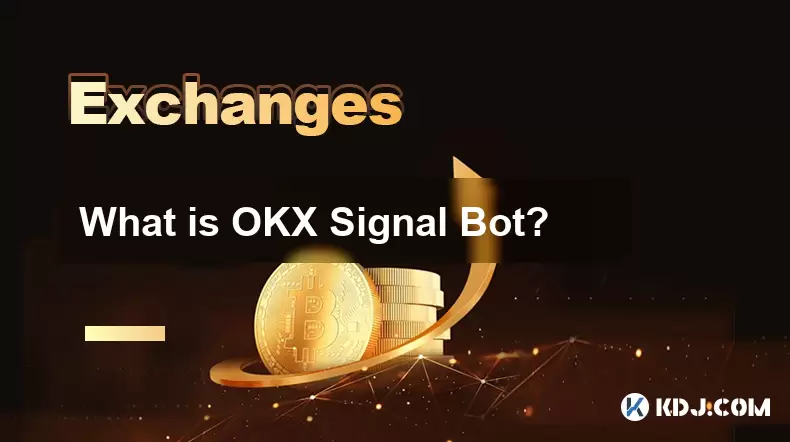
What is OKX Signal Bot?
Jul 02,2025 at 11:01pm
Understanding the Basics of OKX Signal BotThe OKX Signal Bot is a feature within the OKX ecosystem that provides users with automated trading signals and execution capabilities. Designed for both novice and experienced traders, this bot helps identify potential trading opportunities by analyzing market trends, technical indicators, and historical data. ...
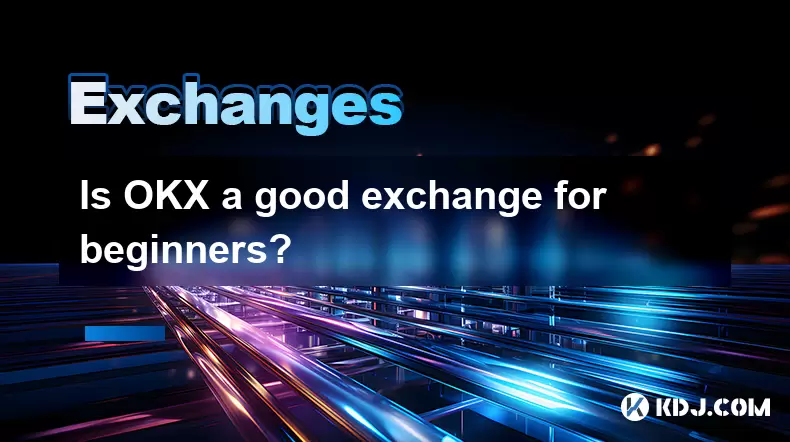
Is OKX a good exchange for beginners?
Jul 03,2025 at 05:00pm
What Is OKX and Why Is It Popular?OKX is one of the leading cryptocurrency exchanges globally, known for its robust trading infrastructure and a wide variety of digital assets available for trading. It supports over 300 cryptocurrencies, including major ones like Bitcoin (BTC), Ethereum (ETH), and Solana (SOL). The platform has gained popularity not onl...
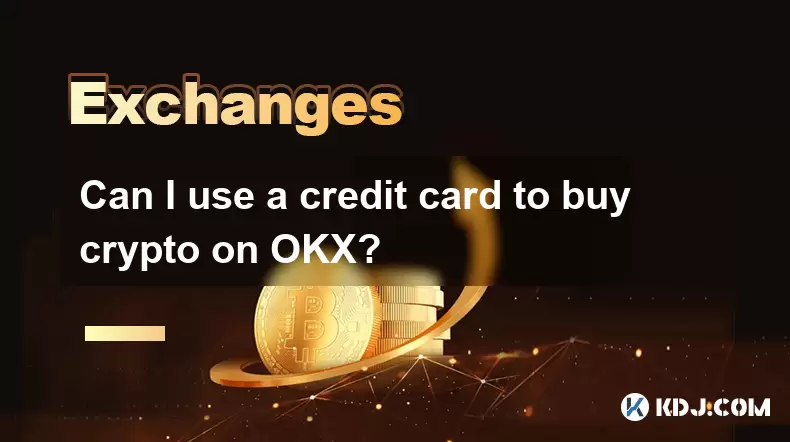
Can I use a credit card to buy crypto on OKX?
Jul 04,2025 at 04:28am
Understanding OKX and Credit Card PaymentsOKX is one of the leading cryptocurrency exchanges globally, offering a wide range of services including spot trading, derivatives, staking, and more. Users often wonder whether they can use a credit card to buy crypto on OKX, especially if they are new to the platform or looking for quick ways to enter the mark...
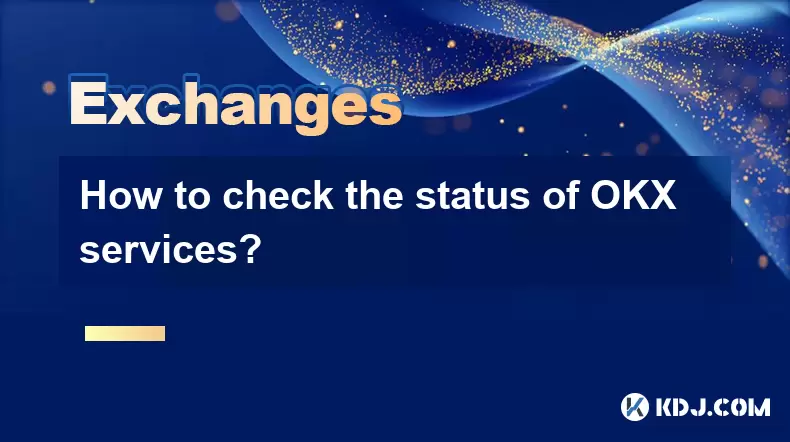
How to check the status of OKX services?
Jul 02,2025 at 11:14pm
What is OKX, and Why Checking Service Status Matters?OKX is one of the world’s leading cryptocurrency exchanges, offering services such as spot trading, futures trading, staking, and more. With millions of users relying on its platform for daily transactions, it's crucial to know how to check the status of OKX services. Downtime or maintenance can affec...
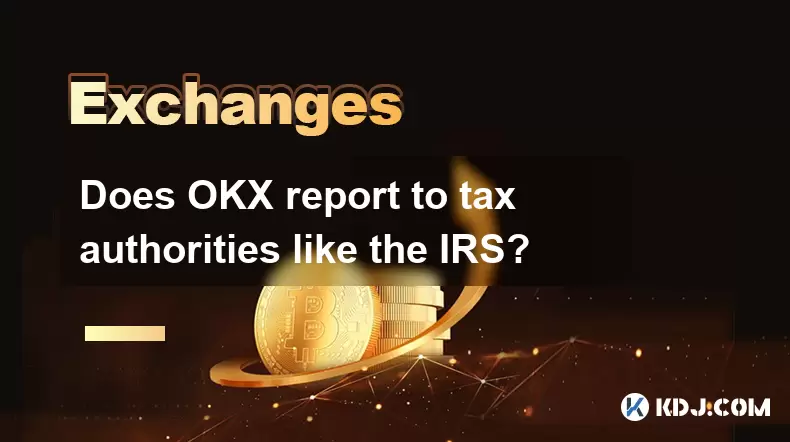
Does OKX report to tax authorities like the IRS?
Jul 03,2025 at 03:14pm
Understanding the Role of Cryptocurrency Exchanges in Tax ReportingCryptocurrency exchanges play a crucial role in facilitating digital asset transactions, but their responsibilities extend beyond trading and custody. As regulatory scrutiny intensifies globally, users are increasingly concerned about whether platforms like OKX report to tax authorities ...

How to get API keys from OKX for trading bots?
Jul 03,2025 at 07:07am
Understanding API Keys on OKXTo interact with the OKX exchange programmatically, especially for building or running trading bots, you need to obtain an API key. An API (Application Programming Interface) key acts as a secure token that allows your bot to communicate with the exchange's servers. On OKX, these keys come with customizable permissions such ...

What is OKX Signal Bot?
Jul 02,2025 at 11:01pm
Understanding the Basics of OKX Signal BotThe OKX Signal Bot is a feature within the OKX ecosystem that provides users with automated trading signals and execution capabilities. Designed for both novice and experienced traders, this bot helps identify potential trading opportunities by analyzing market trends, technical indicators, and historical data. ...

Is OKX a good exchange for beginners?
Jul 03,2025 at 05:00pm
What Is OKX and Why Is It Popular?OKX is one of the leading cryptocurrency exchanges globally, known for its robust trading infrastructure and a wide variety of digital assets available for trading. It supports over 300 cryptocurrencies, including major ones like Bitcoin (BTC), Ethereum (ETH), and Solana (SOL). The platform has gained popularity not onl...

Can I use a credit card to buy crypto on OKX?
Jul 04,2025 at 04:28am
Understanding OKX and Credit Card PaymentsOKX is one of the leading cryptocurrency exchanges globally, offering a wide range of services including spot trading, derivatives, staking, and more. Users often wonder whether they can use a credit card to buy crypto on OKX, especially if they are new to the platform or looking for quick ways to enter the mark...

How to check the status of OKX services?
Jul 02,2025 at 11:14pm
What is OKX, and Why Checking Service Status Matters?OKX is one of the world’s leading cryptocurrency exchanges, offering services such as spot trading, futures trading, staking, and more. With millions of users relying on its platform for daily transactions, it's crucial to know how to check the status of OKX services. Downtime or maintenance can affec...

Does OKX report to tax authorities like the IRS?
Jul 03,2025 at 03:14pm
Understanding the Role of Cryptocurrency Exchanges in Tax ReportingCryptocurrency exchanges play a crucial role in facilitating digital asset transactions, but their responsibilities extend beyond trading and custody. As regulatory scrutiny intensifies globally, users are increasingly concerned about whether platforms like OKX report to tax authorities ...
See all articles

























































































